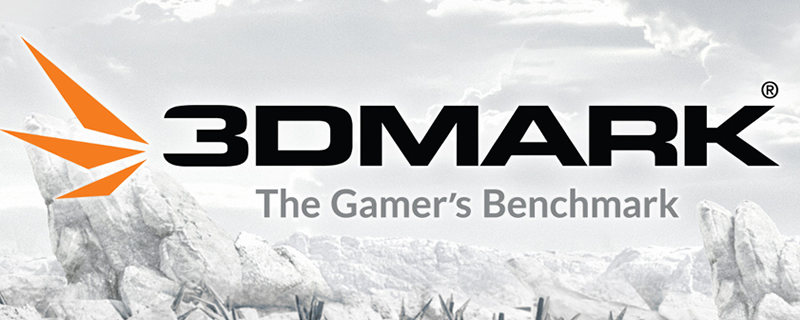Pro overclocker uncovers 3DMARK performance cheat
Pro overclocker uncovers 3DMARK performance cheat
The professional overclocker Ronaldo Buassali, also known as Rbuass, has discovered a way to “cheat” within 3DMARK and other benchmarking utilities.
This is not the first time that Rbuass has discovered an issue like this, uncovering a cheat in 2015 that allowed benchmarkers to trick Windows timers to let benchmarks to run longer than intended. This problem was known as RTC Drift and is discussed here by HWBOT, the record keepers for world-class overclocks and benchmarking.Â
Rbuass’ newly discovered cheat showcases the ability to change GPU driver settings in the time between a benchmarks validation process and the start of testing, allowing the final results to be labelled as legitimate. In a demonstration, Rbuass was able to increase the graphics score of a 3DMARK Time Spy benchmark run from 13278 to 13800, an increase of almost 4%.Â
Futuremark has been made aware of this issue and is likely to release a fix for this problem in the near future, though it will force many to question whether or not all modern GPU overclocking/benchmarking records are invalid. Below is Rbuass’ comment on the issue, which is listed below his YouTube video on the matter where he demonstrates the problem (English readers will need to enable captions for this video). Â
  Just over two years ago, we reported a bug in Futuremark’s detection system (System Info).
In it, the decrease of the base clock of the CPU changed the time and took it out of synchrony (time of the benchmark different from the time of the windows), improving the results in a unreal way.
Many people criticized our work, but a few days later, Futuremark made the change and Hwbot recognized our information as legitimate:We are always studying and evaluating the possibilities and this time, again with Futuremark, we discovered a serious fault.
We from GALAX team reported it to Futuremark and we hope that the problem will be corrected soon.
Apart from that, we would like to make it clear that we like it very much and consider its high quality tests.
Â
At this time it is unknown how long it will take Futuremark to respond to this issue, though the fix here could be as simple as running a separate validation mid-test or afterwards to ensure that there is no way for this “timing cheat” to be exploited.Â
– Update –Â
Videocardz has been able to get in contact with Futuremark to receive the following response, stating that a test is already implemented into an internal build and is currently getting tested.Â
Futuremark will not accept any new results into their Hall of Fame until the fix is in place and existing results will be checked on a case-by-case basis and invalidated if found suspicious.Â
  This method was indeed reported to us by GALAX before and based on that report we currently have internally implemented and tested a fix that is now in our release pipeline.
I don’t have a solid public release date we can commit to at this point, but it should be in the near future.
As for detecting this cheat with previously submitted results – when this was originally reported by Galax we were able to manually distinguish the example boosted results from normal runs they made by comparing the detected GPU clock speeds during the benchmark run to the frame rates, so it’s not completely undetectable although it does pass the current automatic check. Existing results will be checked on a case-by-case basis as deemed necessary and invalidated if found suspicious.
Going forward, our Hall of Fame will require this both this System Info update and also a client update as soon as they are released.
As this method has now been made public it is probable that no scores will be accepted into the Halls of Fame until the new version with the fix is released.
You can join the discussion on Rbuass’ newly discovered 3DMARK exploit on the OC3D Forums. Â



